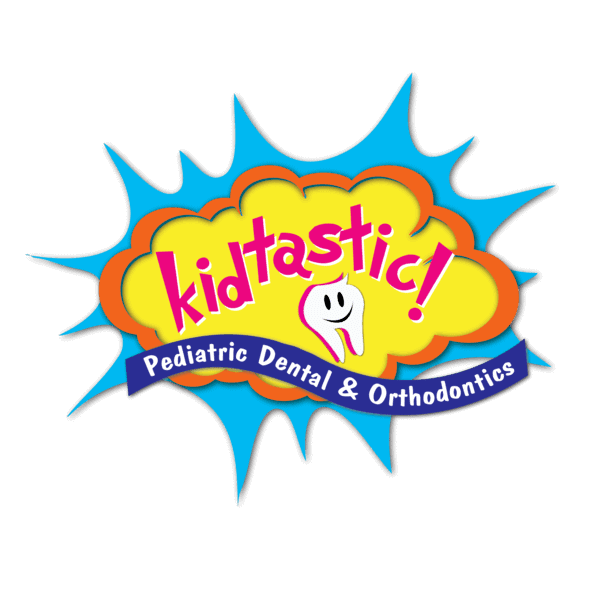We’ve all been urged to brush and floss since we were kids in order to avoid cavities. That urging came because especially when we’re kids, our mouths are full of bacteria. Hundreds of different types live on our teeth, gums, tongue and other places in our mouths. Some are helpful, but some can be harmful such as those that play a role in the tooth decay process.
Brushing and flossing gets rid of a lot of this bacteria, but the spots in between your teeth are more difficult to clean, making the formation of cavities there more likely. Cavities in between teeth are called interproximal cavities. Plaque often forms in between the teeth due to the inability of toothbrushes to properly clean these tough-to-reach areas of the mouth. These bacteria break down sugars and carbohydrates, resulting in an acid attack that breaks down the enamel of the tooth and causes the cavities.
Your dentist can find out if you have interproximal cavities by using an X-ray called a bite wing. This type of X-ray allows the dentist to see the extent of the dental cavity. The depth of the cavity is usually deeper than it appears on the radiograph. Although a clinical assessment by visual inspection can be made by your dentist, bite wings are a crucial tool for early detection. This is why it’s important to see your dentist regularly, since you may not experience any pain or other symptoms while the cavity is forming.
If the decay has only extended half way into the enamel of the tooth, these “incipient” cavities often can be treated with a fluoride gel. Once the cavity penetrates deeper into the enamel of the tooth, a filling is usually the appropriate treatment. If these cavities go untreated, more extensive dentistry could be necessary such as a crown or root canal.
Prevention
These kinds of cavities are the reason why your childhood dentist repeatedly urged you to floss and are urging your own children to floss. The best way to prevent interproximal decay is to floss the teeth in conjunction with daily brushing. The floss helps break up the plaque that is caught up in the interproximal area. Fluoride rinses also are useful in toddlers and younger patients.


